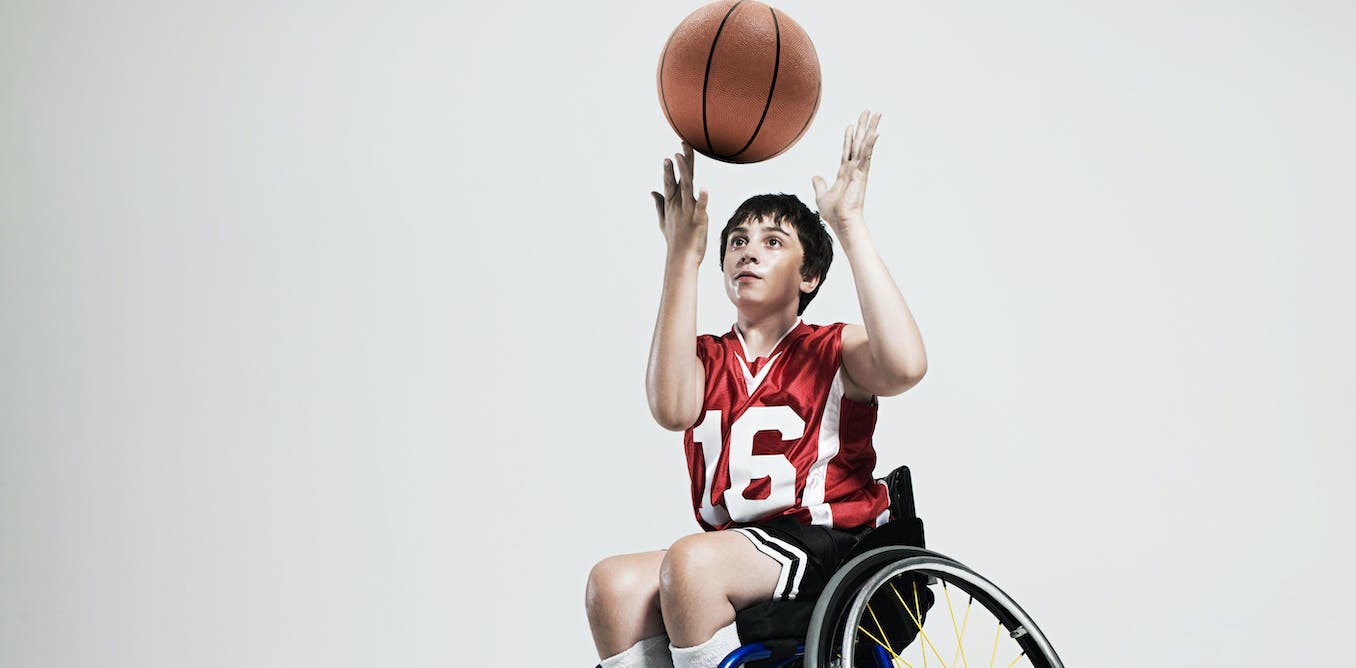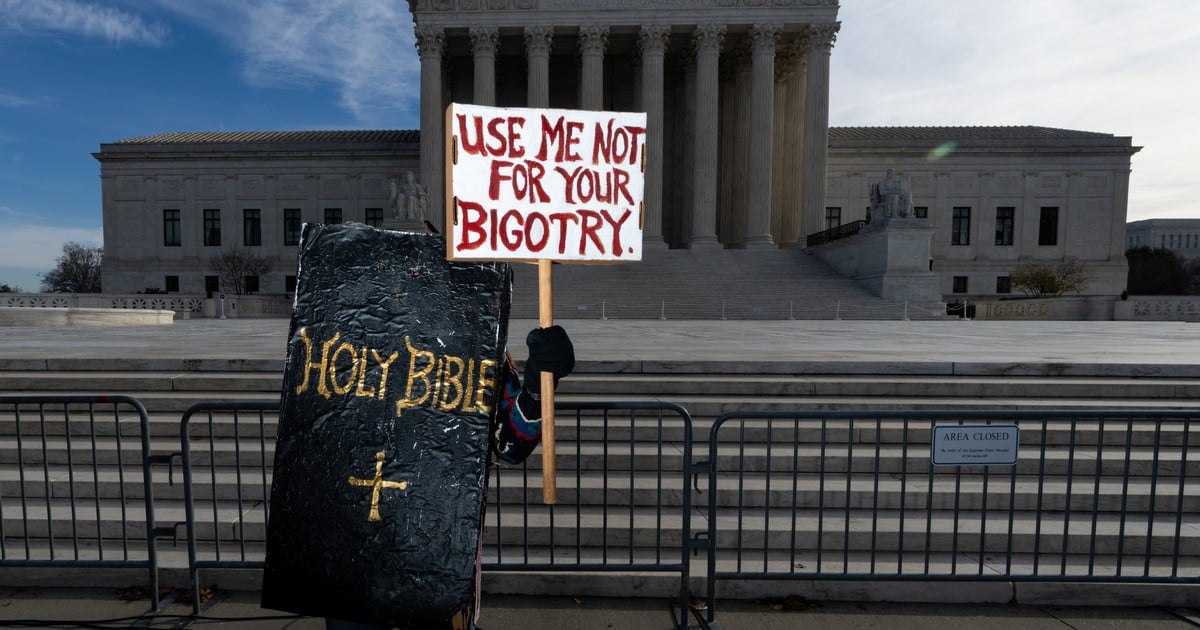“Teen with special needs makes thrilling buzzer beater shot.”
“Special needs student offered shot of a lifetime.”
“High school basketball manager gets his time on the court.”
These inspirational headlines may sound familiar. They highlight brief but exhilarating moments of disabled students in sports.
They represent what’s commonly referred to in the disability community as “inspiration porn,” but they often miss an injustice that deserves far more attention. Student athletes with disabilities are sidelined or, even worse, never granted the opportunity to try out, even though they gained equal rights to extracurricular activities such as school sports more than 50 years ago.
The Rehabilitation Act of 1973 prohibits discrimination on the basis of disability. As a professor who studies sport and physical activity participation of children with disabilities, it’s clear to me that this public law has been misinterpreted for more than 50 years, in ways that deny students equal opportunities.
Clarifying the issue
Just over 10 years ago, the U.S. Department of Education had to broadly issue a “Dear Colleague” letter to schools across the country to communicate and clarify their responsibilities under the act. In other words, school districts had to be reminded not to generalize information about students with disabilities based on stereotypes.
Section 504 of the act says students with disabilities must receive the same equal rights and opportunities afforded to their peers without disabilities in extracurricular activities such as school sports. It further states that school districts should work directly with athletic associations to ensure that students with disabilities are granted an equal opportunity to participate.
The precedent for this broad-stroke communication came from a U.S. Government Accountability Office report, which found that disabled students were not afforded equal opportunities to participate in school sports, including club, intramural or interscholastic. The content in the letter wasn’t new information – it clearly reiterated key components of Section 504, reminding school districts not to act on generalizations or stereotypes of disability. It also provided examples about how to ensure equal opportunities for disabled students.
So where do things stand now?
https://www.youtube.com/watch?v=vrhuNjegi1A
Participation rates unclear
Students with disabilities make up 15% of U.S. public school students, which is about 7.3 million K-12th graders. It’s impossible to know if the “Dear Colleague” letter made a difference, because there still isn’t much data on this issue.
Data on the general makeup of school sports teams or intramural activities is lacking, despite the fact that research shows participating has physical, social, academic and mental health benefits.
As someone who sees students with disabilities and their families on a regular basis, the stories I hear haven’t changed. Students with disabilities are still put in so-called manager roles or aren’t taken seriously when they express an interest in interscholastic sports.
A recent conversation with a parent echoed the stagnant nature of this subject: “It was just never presented as an option. If we knew more, we may have been able to help facilitate (participation in sports), but it just didn’t come up …”
The U.S. Department of Education’s Office for Civil Rights is responsible for enforcing Section 504. Since 2013, civil rights lawsuits still arise. While these lawsuits often are resolved in favor of the student, they can be finalized or settled long after the egregious act. In other words, the legal action doesn’t always have immediate effects on the student athlete.
What can be done
While schools and their administrators have a responsibility to implement the 1973 Rehabilitation Act, there’s a collective public responsibility to ensure equal access and to uphold civil rights laws. There are tangible ways to start making changes now.
For starters, coaches should practice inclusive recruiting efforts for all school sporting activities, including direct outreach to disabled students. School districts can ensure training opportunities for all coaches and athletics directors focused on the best inclusive coaching practices.
I envision a future where headlines will reflect diverse teams, strengths of the student athletes and equal opportunity. Ignoring the civil rights of students with disabilities devalues their athletic skills. It’s also a violation of children’s civil rights. It shouldn’t take another 50 years for students with disabilities to get into the game.




